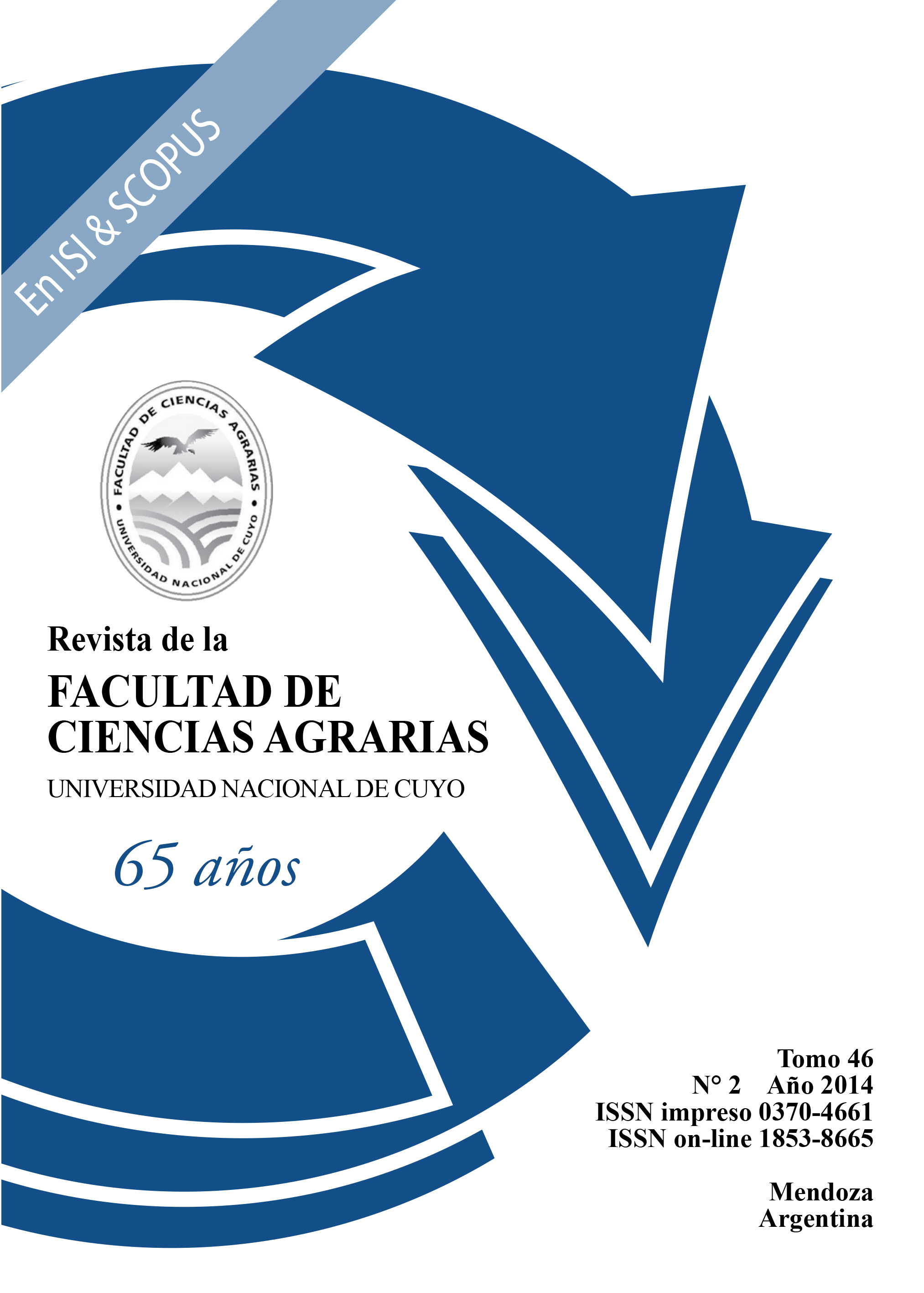Physicochemical characterisation of honey produced in the Chaco province (Argentina)
Keywords:
Apis mellifera, Argentina, Chaco province, honey, physicochemical analysisAbstract
The aim of this study was to analyze the physico-chemical properties of honey produced in the province of Chaco, as a contribution to the characterization of these honeys. Color, moisture, electrical conductivity, total acidity and pH in a total of 189 honey samples were analyzed. Diastase content was determined in 64 samples and hydroxymethylfurfural activity was tested in 16 samples. Samples were extracted by centrifuging during three consecutive beekeeping season: 2005- 2006, 2006- 2007 and 2007-2008. The physicochemical parameters were found to be within acceptable ranges (color: 22-150 mm Pfund, moisture: 15.4-20%, total acidity: 8-68 meq kg−1, pH: 3.2-6.4, EC: 0.189-1.347 mS cm−1, diastase: 10-30% and HMF: 2.3 - 24.5). Physicochemical properties studied adjust to normal parameters and the obtained values meet all major international specifications for commerce. Positive significant relationships were found between color and conductivity, moisture and acidity, conductivity with acidity and pH, and moisture with acidity. Negative significant relationships were found between pH with moisture and acidity. ANOVA shows significant differences in color, electrical conductivity, moisture, and pH between honeys produced in agricultural areas where crops predominate and honeys produced in less disrupted areas where native forests prevail.
Downloads
Published
Issue
Section
License

This work is licensed under a Creative Commons Attribution-NonCommercial-ShareAlike 3.0 Unported License.
Aquellos autores/as que tengan publicaciones con esta revista, aceptan las Políticas Editoriales.



